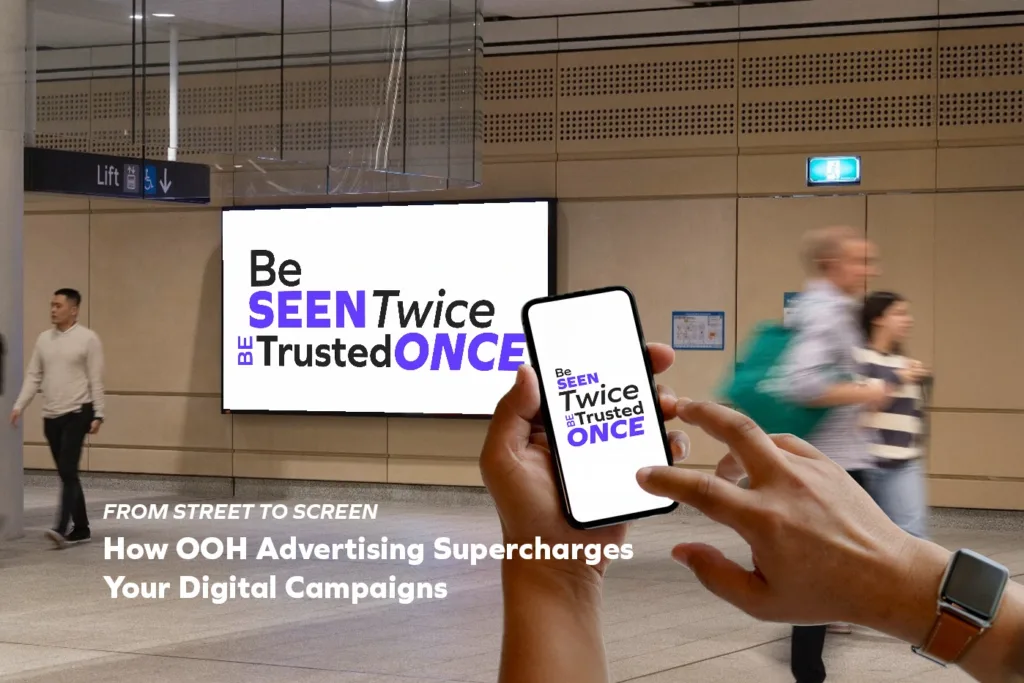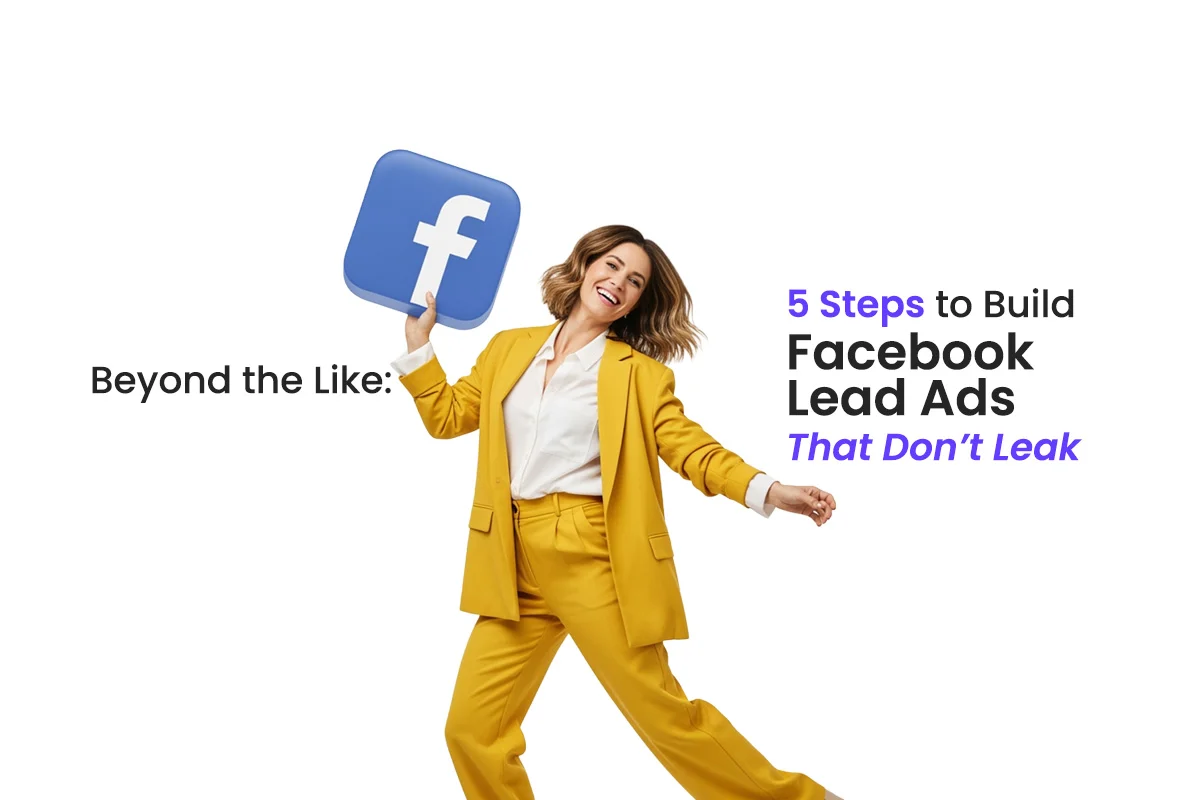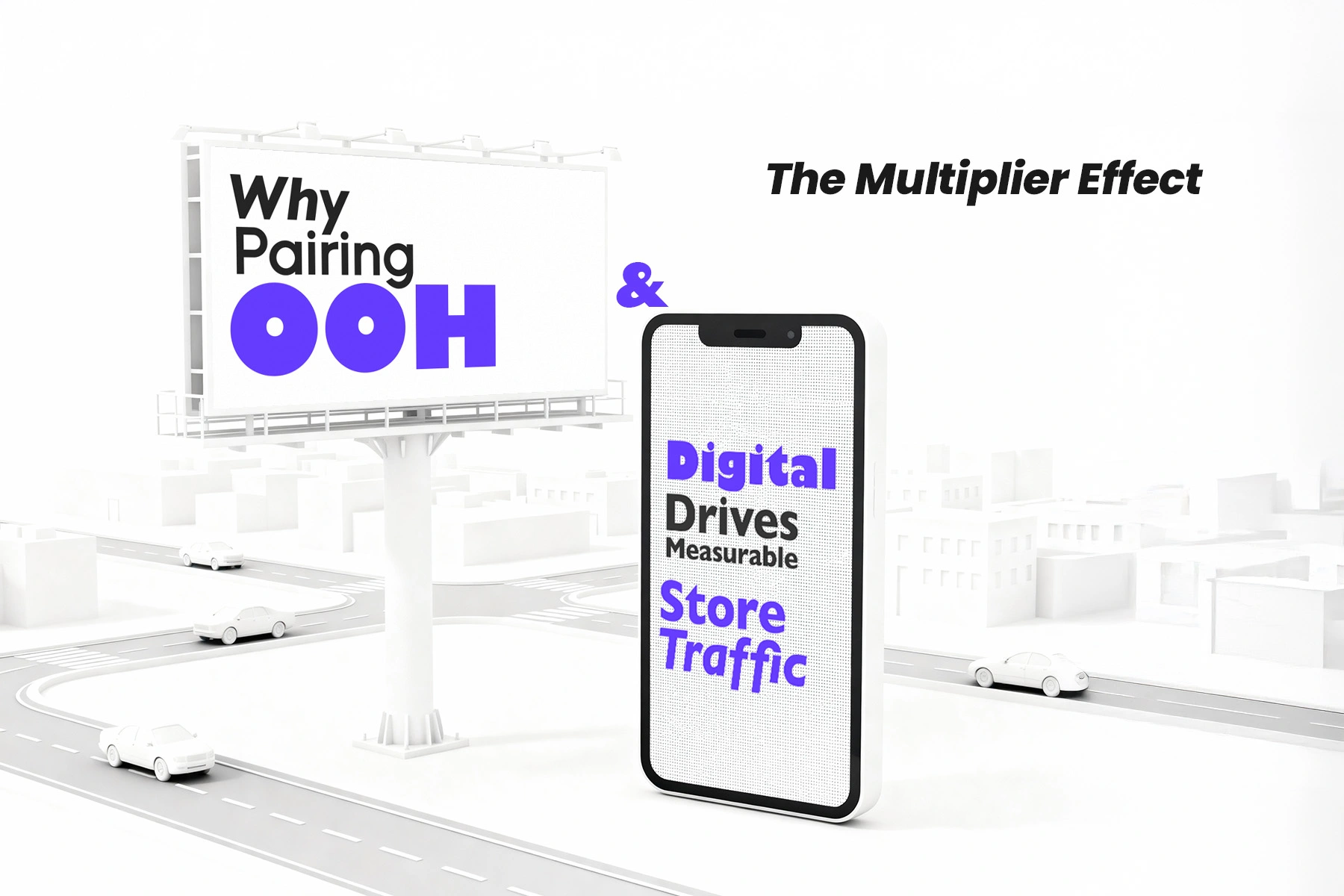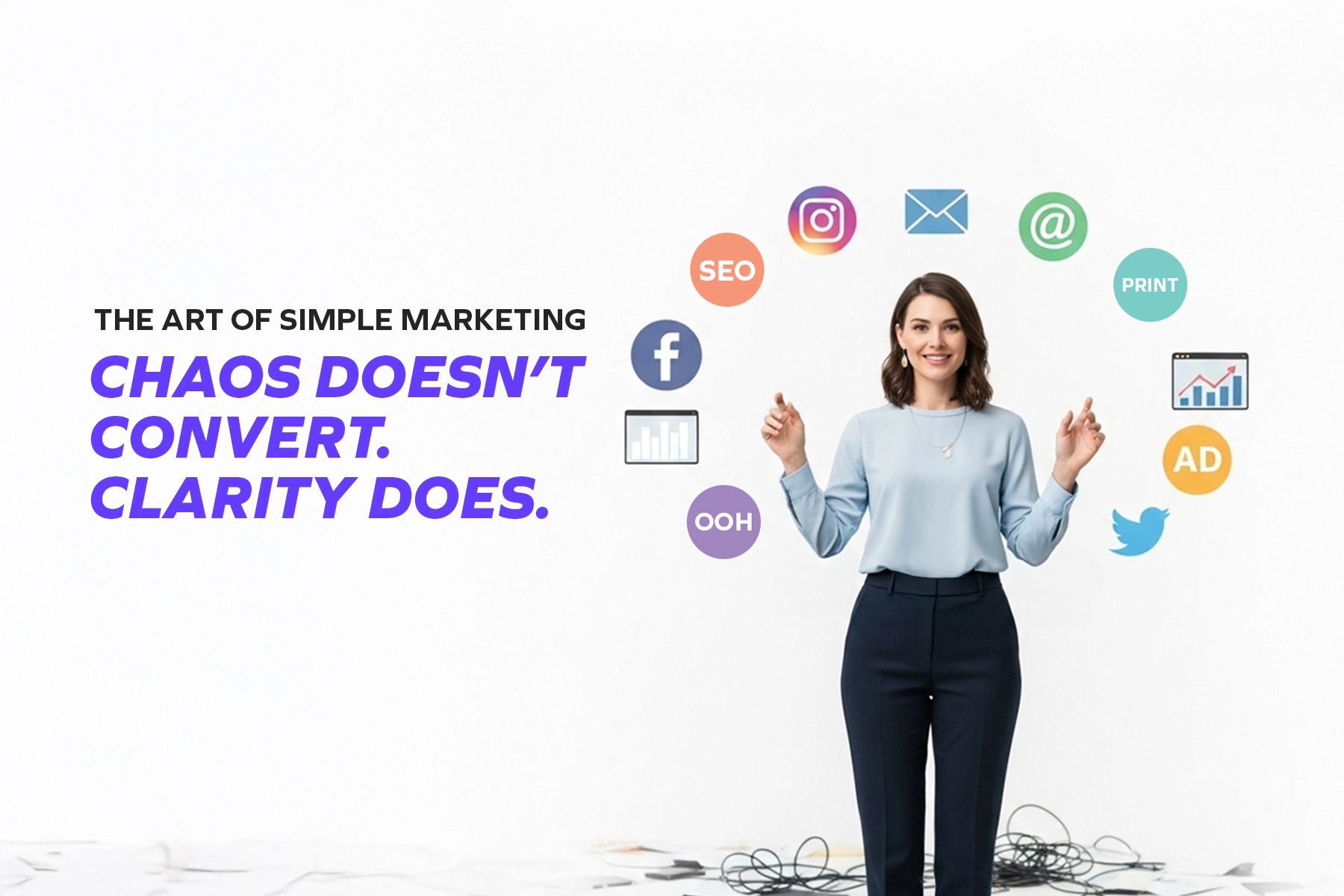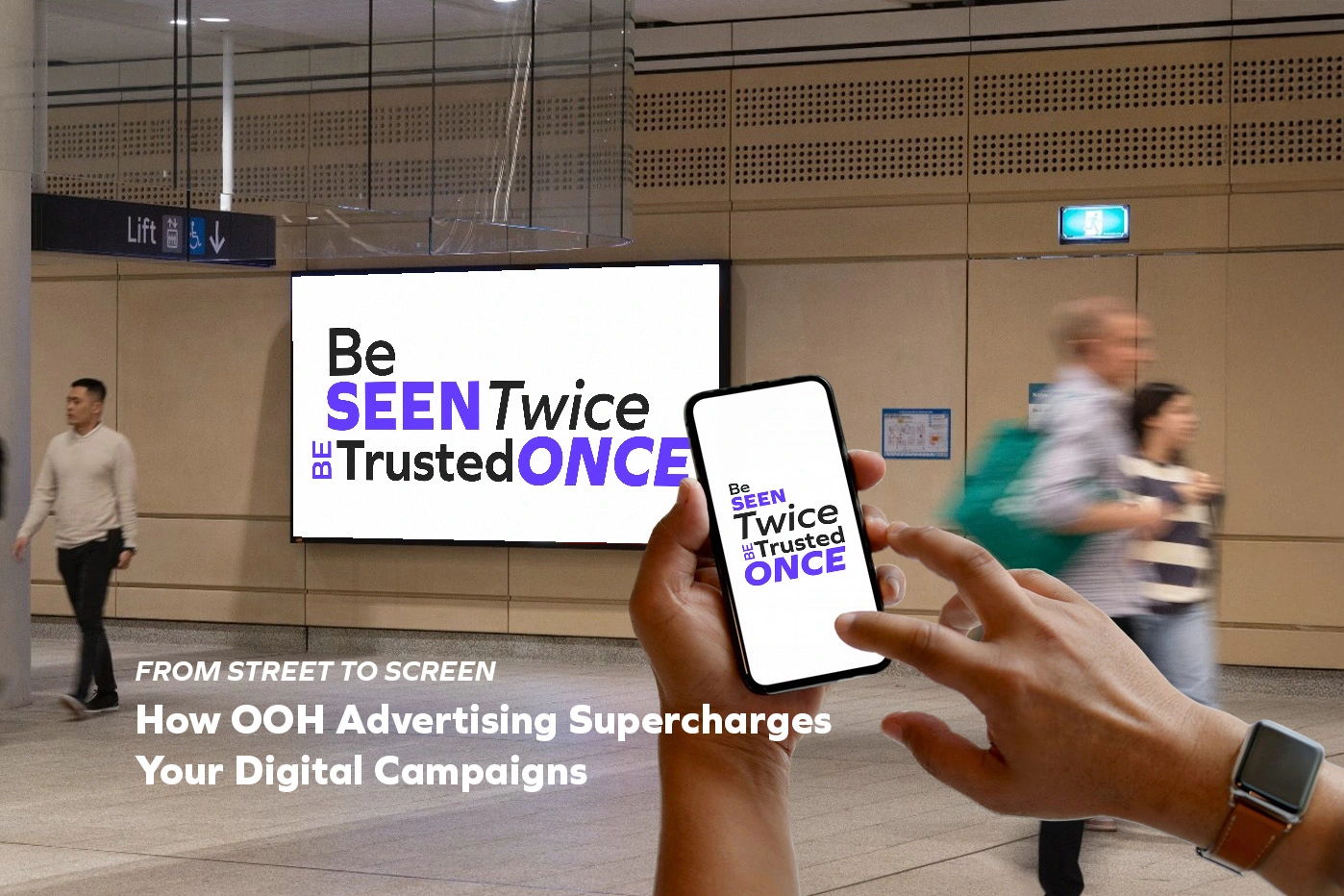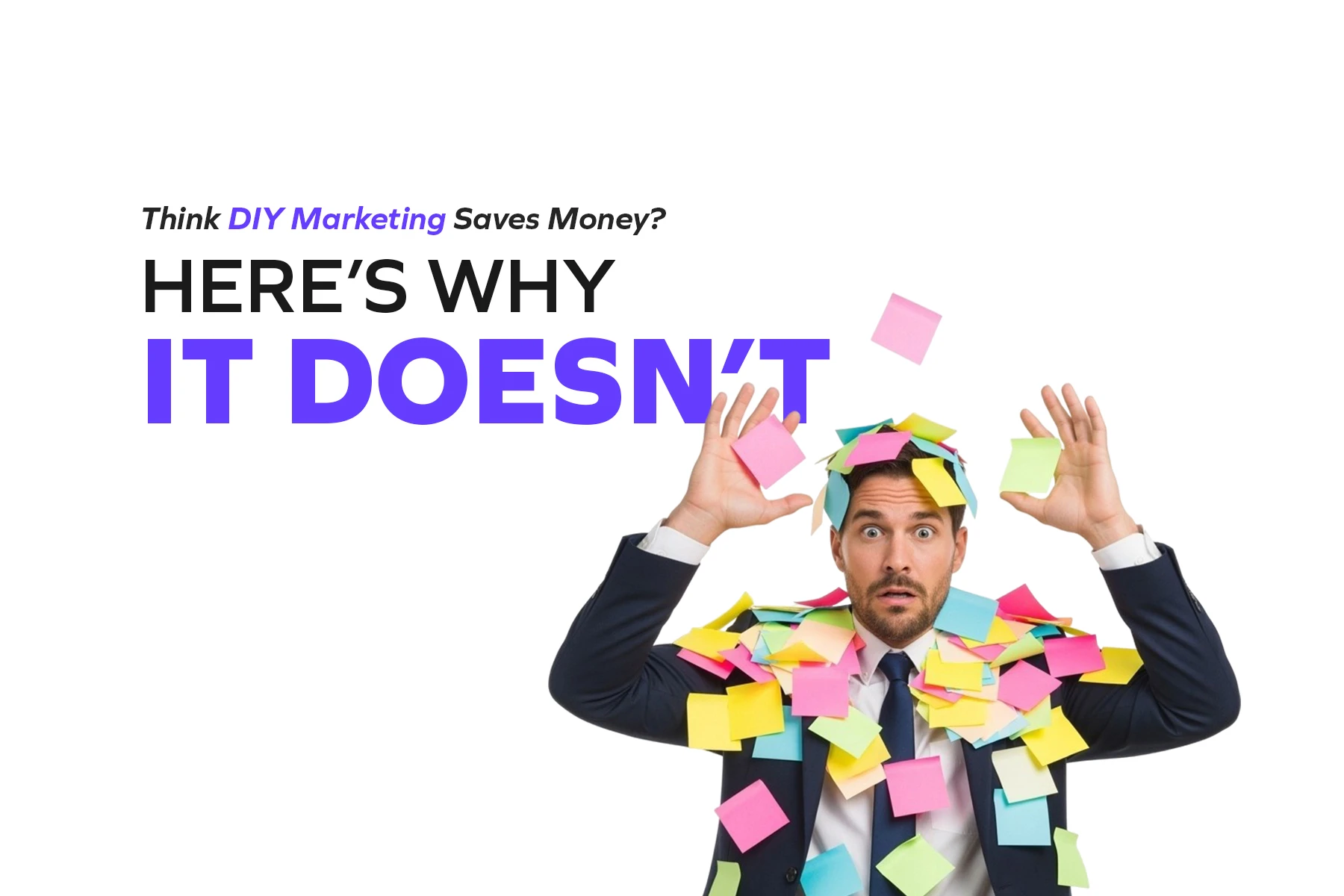In today’s fast-paced world, capturing a customer’s attention is no easy feat. We scroll through hundreds of ads every day, swipe past stories, skip YouTube pre-rolls, and ignore pop-ups without a second thought. But there’s one kind of advertising that continues to break through the noise—Out-of-Home (OOH) advertising. From billboards on bustling streets to digital screens in shopping centres, OOH remains one of the most powerful tools for brands. When combined with digital marketing, it can amplify reach, boost engagement, and make campaigns far more memorable.
Let’s explore how OOH and digital ads can work hand in hand—and why this mix is becoming the secret weapon for modern Australian marketers.
1. Why OOH Advertising Still Works in a Digital-First World
It might sound counterintuitive, but in a time dominated by smartphones and algorithms, physical advertising is thriving. OOH reaches people where they actually are—on the streets, at bus stops, in shopping centres, or even inside gyms. Unlike online ads that depend on cookies, clicks, and algorithms, OOH captures undivided attention in real-world settings.
Think of how often you’ve noticed a striking billboard while stuck at a red light or a clever digital sign on your morning commute. Those moments create an impression that’s hard to replicate on a phone screen. In fact, a Nielsen study found that 46% of consumers conducted an online search after seeing an outdoor ad. That’s the bridge—OOH sparks awareness, and digital platforms carry the conversation forward.
For instance, when McDonald’s launched their “Follow the Arches” campaign, they used strategically placed billboards with just a portion of the golden arches pointing drivers toward the nearest restaurant. The simplicity caught people’s eyes, sparked social sharing, and turned into a digital talking point. The campaign’s impact didn’t end on the road—it continued online, boosting engagement across social media.
2. The Magic Happens When OOH Meets Digital
OOH isn’t just a static medium anymore. With digital OOH (DOOH) technology, advertisers can display dynamic, real-time content—weather updates, countdowns, or even user-generated posts. When paired with a digital campaign, this integration creates consistency and recall across both physical and virtual worlds.
Let’s say your brand launches a new fitness product. You could run Instagram ads showing the product in action while simultaneously displaying digital billboards near gyms or busy intersections. The same message appearing across multiple touchpoints builds familiarity and trust. When people see your ad on the street and again on their feed later, it feels like validation rather than repetition.
Australian retailer Cotton On has mastered this blend beautifully. They often use digital billboards during major shopping seasons alongside Instagram and TikTok ads. The result? A consistent brand experience that feels everywhere—without being intrusive.
3. Real-World Attention Builds Online Action
In an age where digital ad fatigue is real, OOH brings something refreshing credibility. Consumers tend to trust brands that invest in visible, physical advertising. There’s something powerful about seeing a brand showcased in the real world—it signals legitimacy and scale.
When a potential customer spots your billboard during their morning commute, and later sees your sponsored post online, it strengthens brand recall and encourages action. Studies show that combining OOH with digital can increase online engagement by up to 68%.
A great example comes from Netflix Australia. To promote the release of Stranger Things, they transformed bus stops and train stations with eerie lighting, bold artwork, and even interactive elements. The OOH displays sparked massive social media buzz, with fans sharing photos and videos online. The real-world experience drove online conversation—proving how physical engagement can fuel digital momentum.
4. The Data Connection: Smarter Targeting, Better ROI
Modern OOH is no longer guesswork. Thanks to location-based data, advertisers can now measure who’s seeing their ads and when. Using mobile data and audience insights, marketers can align OOH placements with their digital targeting strategy.
Imagine a brand promoting new eco-friendly sneakers. By analysing mobility data, they could display outdoor ads near parks, gyms, or shopping hubs frequented by young, active Australians. Simultaneously, their digital ads could target that same audience online with retargeting campaigns or special discount offers.
This dual approach creates a seamless journey—from awareness on the street to conversion on the screen. In other words, OOH drives top-of-funnel awareness, while digital closes the deal.
5. Local Impact, Global Connection
OOH has a unique strength—it’s local. It reaches people in their communities, at their favourite cafés, or near their workplaces. This makes it an ideal companion for location-based digital marketing.
For example, a small business in Sydney running Facebook and Google Ads can add an extra layer of credibility with a well-placed local billboard or digital screen ad. The visibility in the community reinforces trust, while digital platforms make it easy for nearby customers to take action—whether it’s visiting the website or walking into the store.
A recent campaign by Tourism Australia used this strategy brilliantly. They combined striking outdoor visuals in high-traffic areas with social media campaigns encouraging people to share their travel experiences using the hashtag #HolidayHereThisYear. The blend of physical and digital exposure helped boost domestic travel during a challenging period for the tourism industry.
6. Creating an Experience, Not Just an Ad
OOH advertising and digital campaigns together can create something immersive—an experience that people remember. Think of it as storytelling across multiple stages. The street ad sets the stage, the digital ad builds the plot, and social media engagement completes the story.
Brands that use this approach don’t just advertise—they connect. Whether it’s a QR code on a bus stop leading to a video campaign or a real-time hashtag update displayed on a billboard, interactive OOH bridges the physical and digital worlds beautifully.
One example that turned heads was Coca-Cola’s “Share a Coke” campaign. They used digital billboards that displayed people’s names, inviting them to share photos online. The simple idea of personalisation turned into a worldwide sensation, merging OOH presence with massive online engagement.
7. Why This Matters for Australian Brands
Australia’s urban landscape—filled with bustling city centres, shopping districts, and transit networks—makes it a prime environment for integrated OOH and digital campaigns. People are constantly on the move, meaning there’s ample opportunity to connect both offline and online.
For small businesses, this integration doesn’t have to be costly. Local OOH options, like digital screens in grocery stores or community boards, can effectively complement Facebook, Google, or Instagram ads. For larger brands, combining national OOH with programmatic digital ads ensures scale and consistency.
At its core, the combination of OOH advertising and digital marketing ensures your message doesn’t just flash across a screen—it lives in people’s everyday environments.
Conclusion: The Power of Both Worlds
OOH advertising isn’t here to compete with digital—it’s here to enhance it. When used together, they create a powerful marketing mix that’s greater than the sum of its parts. Outdoor ads capture attention in the real world, while digital platforms continue the conversation and drive measurable action.
From street billboards to social media feeds, from train stations to YouTube pre-rolls—the best campaigns today blur those lines. They remind us that marketing isn’t just about being seen; it’s about being remembered.
For Australian brands looking to make a lasting impact, it’s time to think beyond screens alone. The real magic happens when your message travels from the street to the screen—and back again.

